Many factories take water from rivers and canals during the saltwater intrusion season, tens of thousands of households in Ben Tre have to use salty water.
In the middle of February, Ms. Dang Thi Hong Lac, 59 years old, residing in Hamlet 2 (Luong Phu Commune, Giong Trom District) discharged tap water into the reservoir and measured the salinity. The index displayed on the machine was 2.2 parts per thousand, exceeding the allowable threshold by less than 0.5 parts per thousand.
"This water cannot be used for cooking, but it can still be used for bathing and washing clothes. When the salinity is 3-4 parts per thousand, I will pump the water stored in the ditch to use because I am worried that the salinity will damage the washing machine and water heater," said Ms. Lac. After the historic drought and salinity 5 years ago, she built 7 reservoirs containing nearly 10 cubic meters of fresh water, enough for the whole family to cook during the dry season.
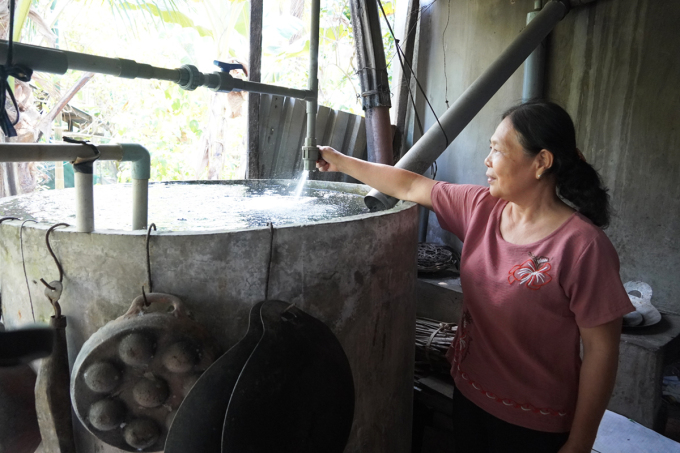
Ms. Lac discharges salty tap water into the reservoir for bathing and washing. Photo: Hoang Nam
More than a kilometer away, due to the salty tap water source, Mr. Nguyen Thanh Mong's family can only rely on 3 cubic meters of fresh water stored in a tank on the porch for cooking. Mr. Mong and his wife have 3 children and are a near-poor household, with only a 1.5 cubic meter cement tank. Last year, thanks to support from benefactors, they had two more plastic tanks that can store 1.5 cubic meters of water.
"The amount of fresh water stored can last for about 3 months. If the salinity lasts longer, we will have to get water from the commune's water supply points," said Mr. Mong, 42 years old. In Hamlet 2, there is currently a service to pump fresh water to homes for 100,000 VND per cubic meter. Meanwhile, each cubic meter of salty tap water costs just over 8,000 VND.
Mr. Nguyen Huu Hieu, Chairman of the People's Committee of Luong Phu Commune, said that the area has more than 1,400 households using tap water, accounting for nearly 80% of the total households in the area. Of these, about 500 households living near the large river area are more affected by salinity than other places.
The commune has a water plant with a capacity of 90 m3 per hour, but because it takes water from rivers and canals, it is still contaminated with salinity, fluctuating between 1.1 and 2.2 parts per thousand. To meet the fresh water needs of the people, the plant has invested in a saltwater filtration system with a capacity of 2.5 m3 per hour.
When the salinity is above 0.5 parts per thousand, the factory will operate the filter to provide fresh water to people three times a week, at a rate of 60 liters per household and equal to the price of tap water. The commune also arranges 6 centralized rainwater supply points, each with a 15 m3 tank, giving priority to disadvantaged households for use during the dry season.
Ben Tre currently has 60 water plants managed by the Department of Construction and the Department of Agriculture and Rural Development. In addition to plants that take water from the closed irrigation system, there are also plants invested by private individuals. Currently, the plants take water directly from rivers and canals that are contaminated with salinity at 0.1-3.1 parts per thousand.
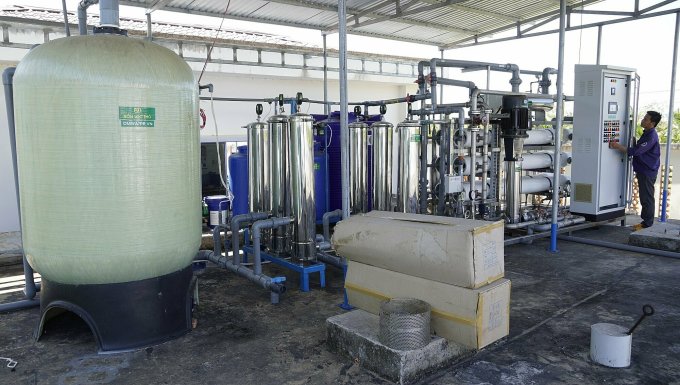
Operating a saltwater filter in Thanh Phu town. Photo: Hoang Nam
Mr. Nguyen Xuan Hoa, Deputy Director of the Ben Tre Center for Clean Water and Rural Environmental Sanitation, said that this unit currently manages 32 water plants, serving about 98,000 households. After Tet, the salinity at water plants in Giong Trom and Mo Cay Nam districts tends to increase, especially during high tides.
"Currently, in addition to 15,000 households using water that meets standards, about 13,000 households use water with a salinity of over one part per thousand, the remaining households all use tap water with a salinity of less than one part per thousand," said Mr. Hoa.
The center has installed 29 desalination systems at its plants, transferring water from low-salinity plants to higher elevations to address the salinity problem. In addition, the unit plans to use barges to transport raw water from large river systems that have not yet been affected by salinity to the plants to serve the people.
According to the Ben Tre Hydrometeorological Station, the deepest salinity intrusion since the beginning of the dry season occurred in mid-February, lasting about a week with a salinity of 4 parts per thousand, 44 to 53 km from the mouth of the large river. According to forecasts, the deepest salinity line will appear in March, with a salinity of 4 parts per thousand 50-69 km from the Cua Dai, Ham Luong and Co Chien rivers, deeper and lasting longer than the average of many years.
Hoang Nam
Source link




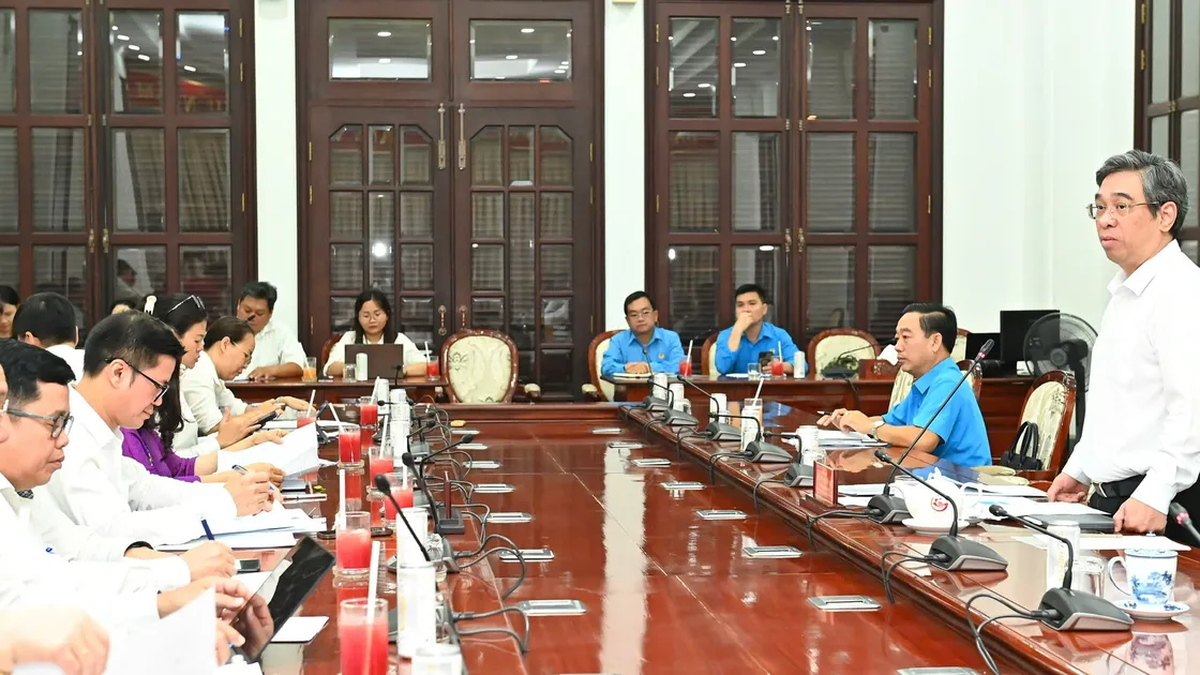




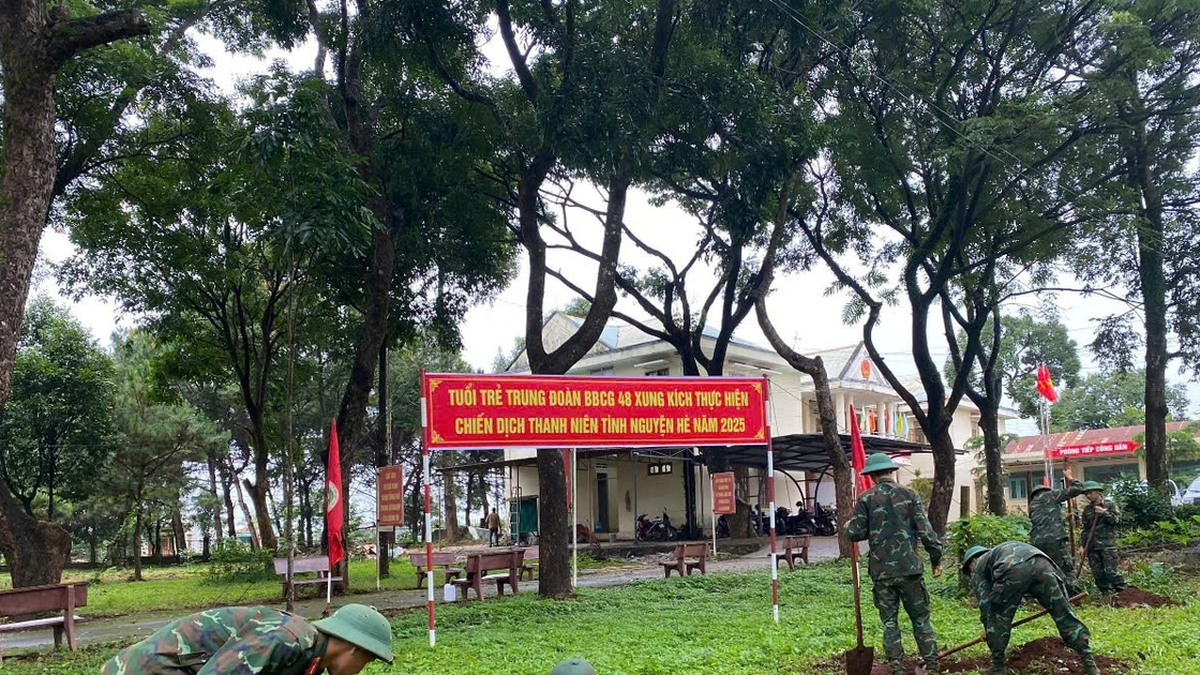

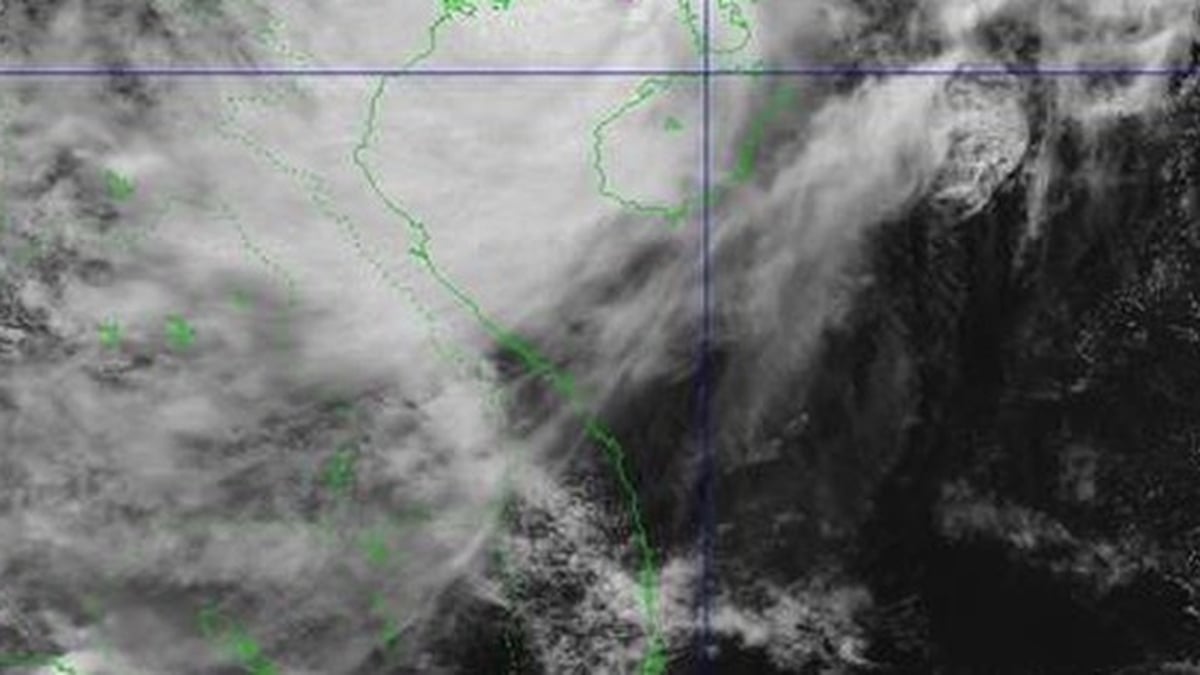













![[Photo] National Assembly Chairman Tran Thanh Man visits Vietnamese Heroic Mother Ta Thi Tran](https://vphoto.vietnam.vn/thumb/1200x675/vietnam/resource/IMAGE/2025/7/20/765c0bd057dd44ad83ab89fe0255b783)




























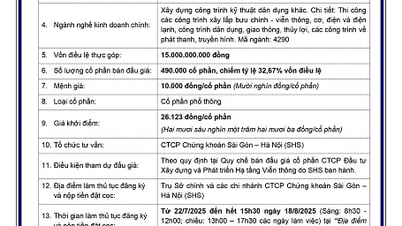











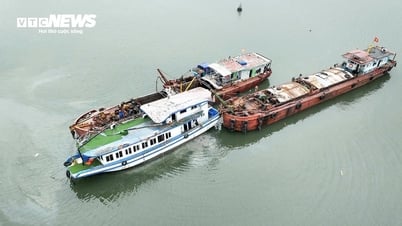


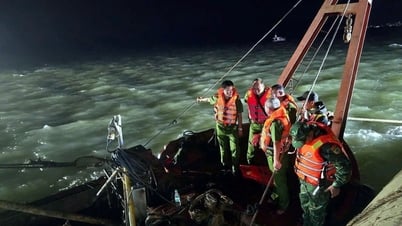
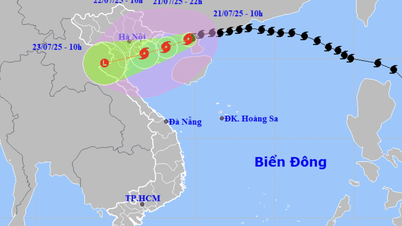
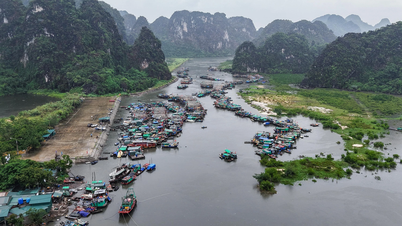



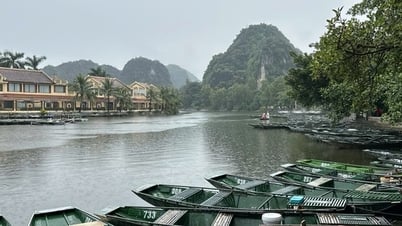


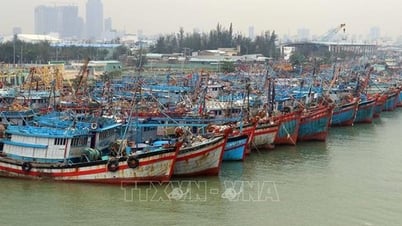





















Comment (0)